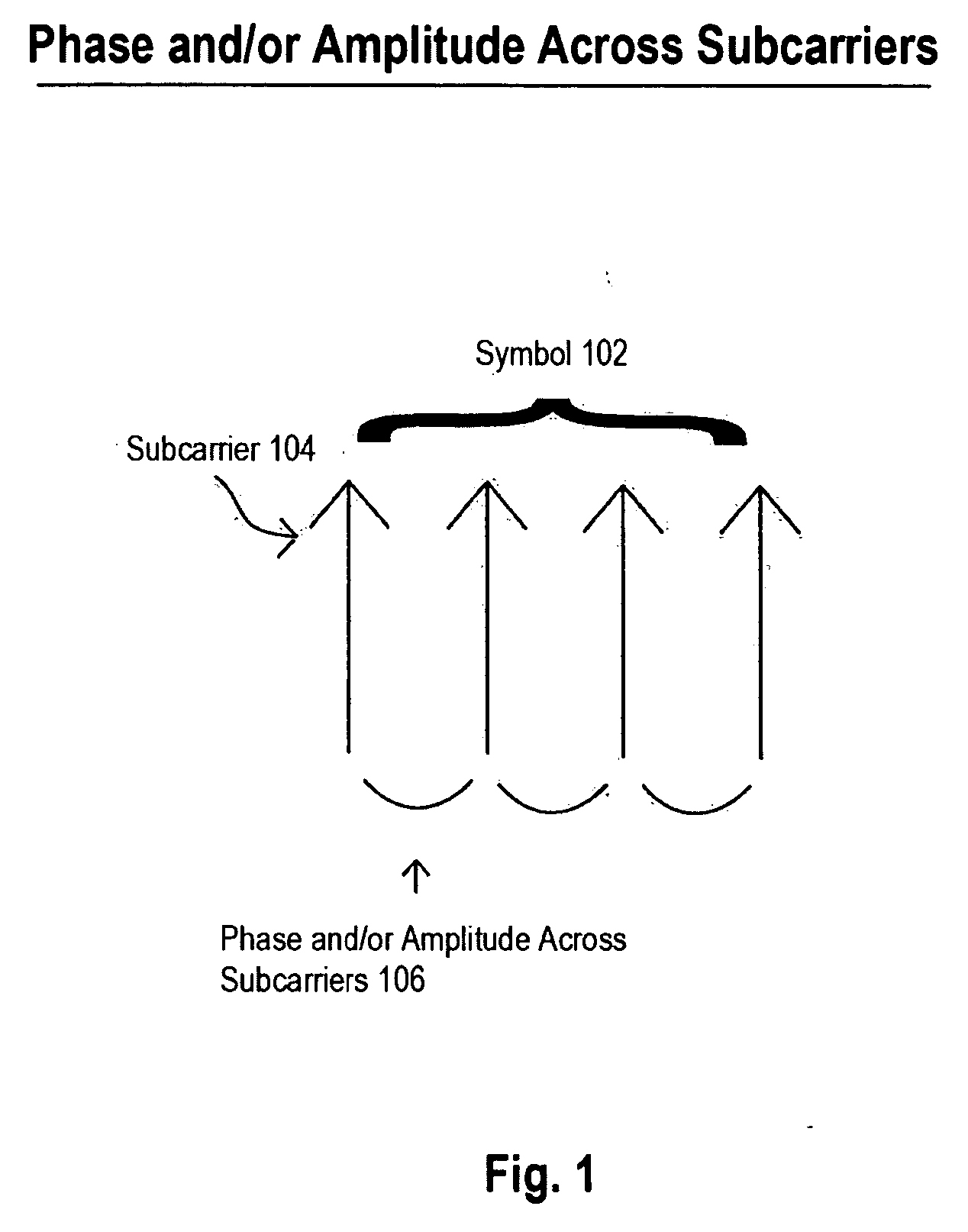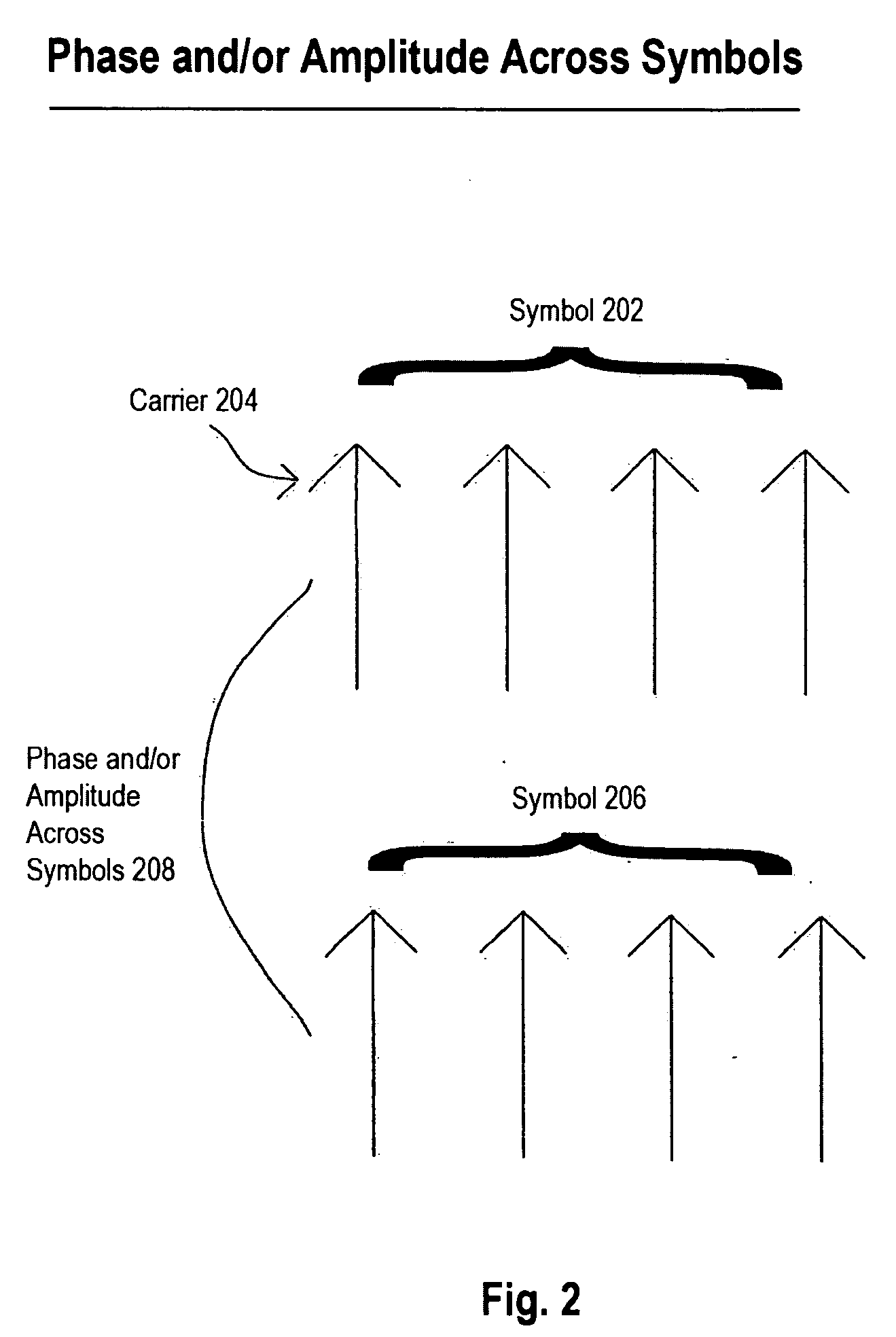Method to enable single frequency network optimization
a single frequency network and optimization technology, applied in the field of digital data transmission, can solve the problems of increasing the amount of distortion, affecting the overall performance of both level 1 and level 2 data, and requiring a non-coherent receiver to decode the signal, so as to reduce the interference in signal transmission, improve performance, and optimize the infrastructure more efficiently
- Summary
- Abstract
- Description
- Claims
- Application Information
AI Technical Summary
Benefits of technology
Problems solved by technology
Method used
Image
Examples
Embodiment Construction
[0021] The embodiments disclosed below are not intended to be exhaustive or limit the invention to the precise forms disclosed in the following detailed description. Rather, the embodiments are chosen and described so that others skilled in the art may utilize their teachings.
[0022] For the purposes of the present invention, certain terms shall be interpreted accordance with the following definitions.
[0023]“Orthogonal frequency division multiplexing” or “OFDM” hereinafter refers to the communications technique that divides a communications channel into a number of equally spaced frequency bands. A subcarrier carrying a portion of the data is transmitted in each band. Each subcarrier is independent of every other subcarrier.
[0024]“Phase shift keying” or “PSK” hereinafter refers to a method of transmitting and receiving digital signals in which the phase of a transmitted signal is varied to convey information. Phase may also be an expression of relative displacement between or amon...
PUM
 Login to View More
Login to View More Abstract
Description
Claims
Application Information
 Login to View More
Login to View More - R&D
- Intellectual Property
- Life Sciences
- Materials
- Tech Scout
- Unparalleled Data Quality
- Higher Quality Content
- 60% Fewer Hallucinations
Browse by: Latest US Patents, China's latest patents, Technical Efficacy Thesaurus, Application Domain, Technology Topic, Popular Technical Reports.
© 2025 PatSnap. All rights reserved.Legal|Privacy policy|Modern Slavery Act Transparency Statement|Sitemap|About US| Contact US: help@patsnap.com



